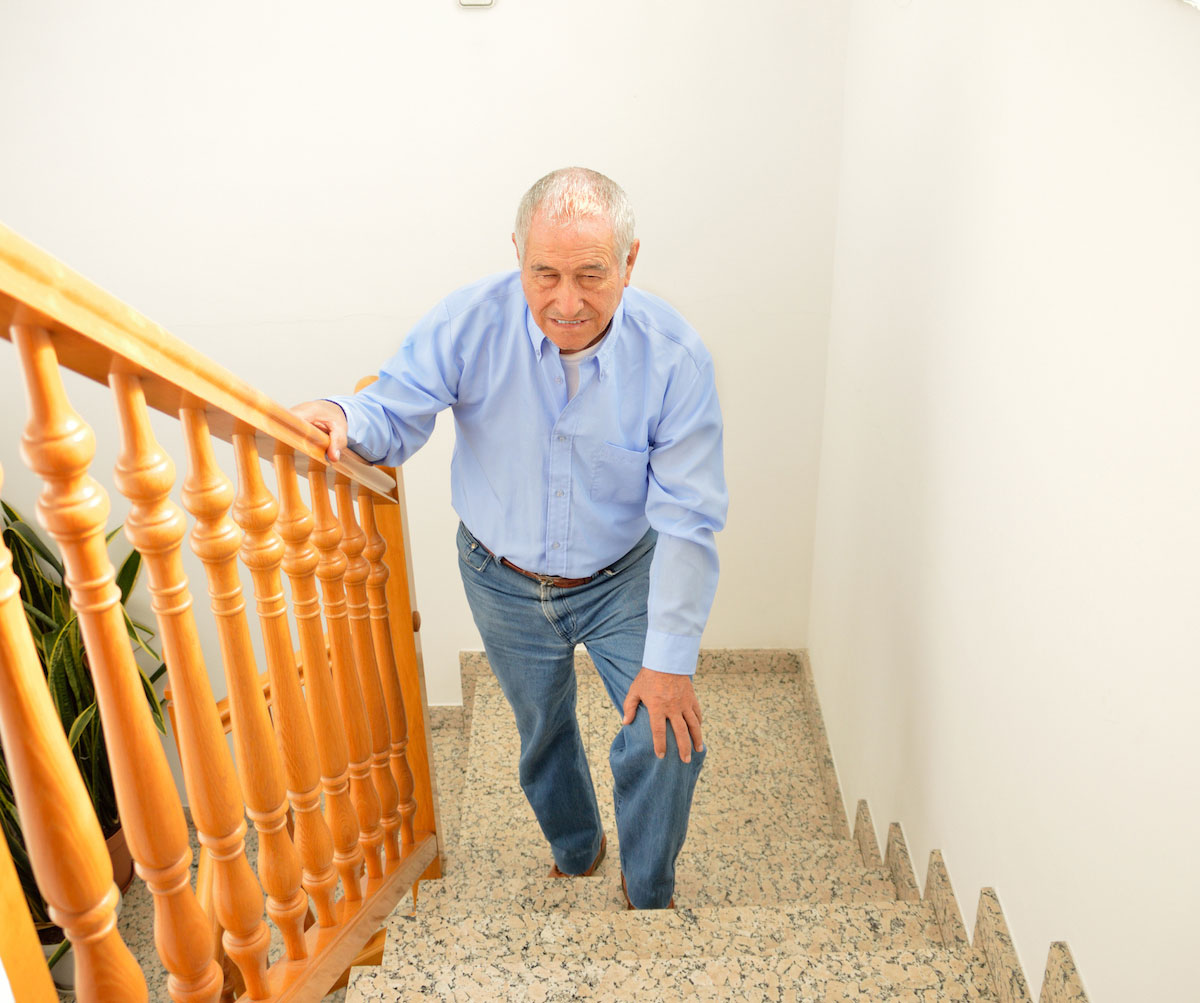<< Back
How Cooled Radiofrequency Can Help Osteoarthritis, Back Pain

July 23, 2019
For people who suffer with chronic knee, hip or back pain, discomfort can affect every aspect of day-to-day living. Going up and down stairs, taking a walk around the block, running errands and even sleeping can be physically painful and emotionally draining.
Maybe you’ve suffered for years with knee, hip or back pain. Painkillers and even cortisone shots don’t bring relief. Perhaps you’re not a good candidate for surgery or choose to avoid it.
There is an effective, minimally-invasive procedure that could be just what you need to regain mobility and quality of life.
Cooled Radiofrequency (RF) is a good alternative for patients suffering with osteoarthritis of the knees or hips, as well as patients with chronic back pain or Lumbar Facet Syndrome, otherwise known as arthritis of the spine.
So how does it work? Cooled RF identifies, targets and disables the nerves associated with pain. The doctor will initially perform a procedure to locate and nerves that are at the core of the pain.
Once the source of the pain is identified, the Cooled RF treatment begins. A small insulated needle is positioned next to the nerves with fluoroscopic X-ray guidance by the interventional pain specialist.
The shaft of this needle is covered with a protective insulation so the electric current only passes through the tip into the surrounding tissues. After a successful test confirms good needle position, a local anesthetic is injected to numb the area. A radio-frequency generator is then used to heat the needle tip for up to 90 seconds, and the targeted nerve is destroyed through cauterization.
The device used during Cooled RF circulates water in the area while targeted nerves are heated with radiofrequency, disrupting and disabling their ability to transmit pain signals to the brain. The accuracy of nerve targeting reduces damage to surrounding tissue. Using water during the procedure broadens the scope of the treatment area without overheating nerves.
Patients experience multiple benefits with Cooled RF. The outpatient procedure, which generally takes less than an hour, is quick and requires no hospital stay. There are no incisions and general anesthesia is not required. Patients experience improved mobility and relief within two weeks. Improved comfort and mobility reduce the need for potentially addictive pain medication.
The treatment can last between six and 12 months, on average. The procedure can be repeated as needed.
While this method does not repair the conditions of the chronic pain, it can restore mobility and comfort to patients who have found little relief with other courses of treatment.
Cooled Radiofrequency is offered at Hartford Hospital Pain Treatment Center in West Hartford and at MidState Medical Center in Meriden. For more information on pain treatment at Hartford HealthCare, click here.